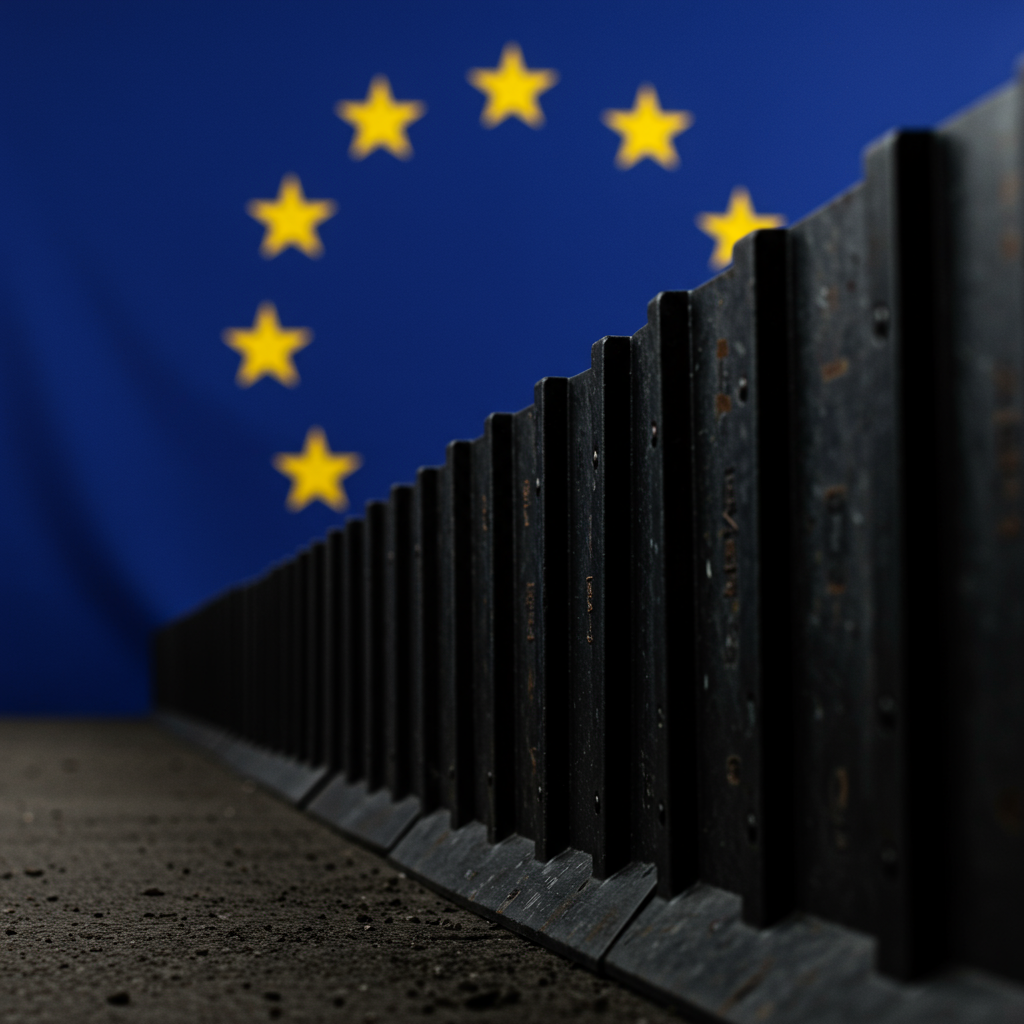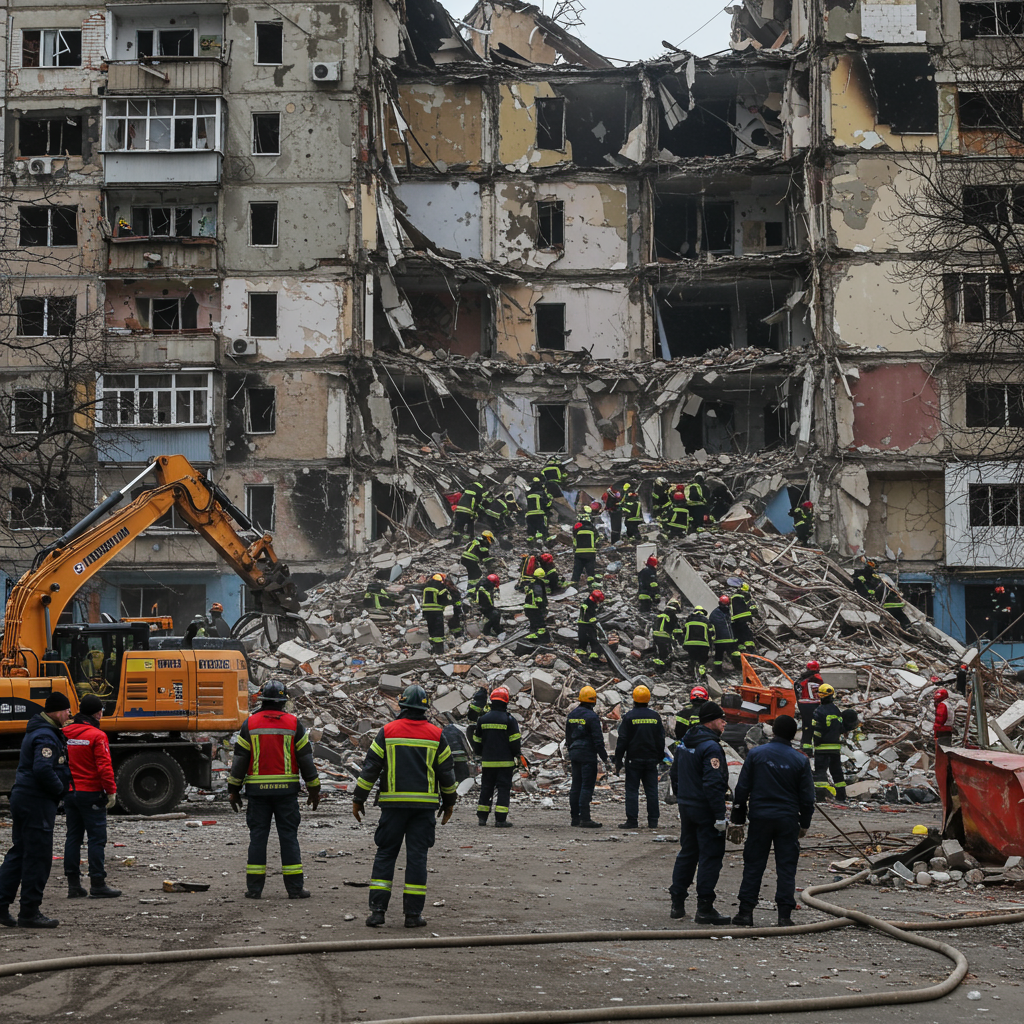Europe is fundamentally changing how it approaches migration. Once characterized by a more open approach, especially following the 2015 refugee crisis, the European Union and its member states are now embracing significantly tougher policies. This profound shift is moving Europe closer to the restrictive stance seen in other parts of the world, though it manifests differently and sparks its own complex political debates. Understanding this evolution requires looking beyond headline-grabbing events to the underlying political pressures and policy changes sweeping across the continent.
Why Europe’s Migration Stance is Hardening
A key driver behind this shift is intense political pressure originating at the national level. Across Europe, migration has become a top concern for voters. General anxieties fueled by geopolitical instability, economic slowdowns, and rising costs of living contribute to this focus. While irregular arrival numbers are significantly lower than the 2015 peak, the political salience of migration remains high. This paradox means governments face pressure to demonstrate toughness, often driven by the growing influence and electoral success of populist and far-right parties.
Mainstream centre-right and even centre-left parties are increasingly adopting language and policies previously associated only with the far-right. This strategic move aims to address voter concerns and politically neutralize anti-immigration parties. The narrative often links high migration levels to perceived strains on public services, welfare systems, and social cohesion, particularly impacting poorer citizens.
The Policy Toolkit: New Measures Across the Bloc
The hardening stance isn’t just rhetoric; it’s translating into concrete policy changes. European nations are implementing a range of restrictive measures. These include rolling back protections for migrants and asylum seekers, making it easier to detain individuals, and significantly increasing efforts to deport those deemed to have no right to remain.
Several countries are seen as leading this charge. Germany, traditionally more open, has reintroduced land border checks and resumed deportations to countries like Afghanistan, moves critics view as politically motivated. The Netherlands is pursuing its “toughest ever” regime, including plans to freeze asylum applications and limit family reunions. Sweden and Finland are also proposing harsh anti-migrant laws, such as requiring public sector workers to report undocumented individuals. France’s government speaks of restoring order at borders and potentially limiting healthcare access for undocumented people.
Denmark: A Model for the Tough Approach
Denmark stands out as a prominent example of this policy shift. Traditionally seen as a liberal society, it has become a European leader in implementing restrictive migration policies. Notably, this shift has been championed not just by the far-right, but significantly by the centre-left Social Democrats.
Since around 2015, the Social Democrats, under Prime Minister Mette Frederiksen, consciously broke with their previous open stance. Their strategy involved adopting hardline asylum policies while simultaneously emphasizing the protection of Denmark’s generous welfare system. The argument is that high migration threatens the sustainability of these services, harming the poorest Danes. This approach has been politically successful, sidelining the anti-immigration Danish People’s Party.
Denmark’s measures have included allowing authorities to confiscate asylum seekers’ valuables, tightening rules on family reunions, designating all refugee stays as temporary, and intentionally creating a “hostile environment” to deter arrivals. They have even publicly discussed a “zero asylum seekers policy.” While these policies have led to a significant decrease in asylum applications, reaching a 40-year low, critics argue they have damaged Denmark’s reputation for respecting humanitarian law and human rights.
EU-Level Push for Stricter Returns
Beyond national policies, the European Union itself is developing new mechanisms to facilitate deportations. Recognizing that only about 20% of those ordered to leave the EU actually return to their country of origin, the European Commission is pushing for stricter common rules.
Proposed measures include introducing a “European Return Order” that would be automatically recognized across all 27 member states. This aims to prevent individuals from moving to another EU country after receiving a deportation order. The plans also suggest expanding detention powers for national authorities and implementing automatic EU-wide entry bans for deportees classified as security risks.
The Controversial “Return Hubs”
Perhaps the most contentious element of the new EU proposals is the concept of “return hubs.” These would be offshore centers located outside the EU where individuals could potentially be sent while they await removal from the bloc. While proponents frame these as processing centers for individuals who have already received a final deportation order, critics raise significant legal and ethical concerns.
Opponents argue these hubs risk housing people in “prison-like conditions” and heighten the potential for human rights violations. The concept follows the direction of bilateral deals like Italy’s agreement with Albania, which envisages housing migrants awaiting decisions, though the EU proposal reportedly focuses on those already slated for removal. Nevertheless, the idea has sparked a major political fight within the European Parliament, particularly facing strong opposition from socialist and liberal groups who view it as a populist solution that doesn’t respect EU values. Some speculate the centre-right EPP might seek support from far-right parties to pass such measures.
Strained Unity and Paradoxical Trends
This widespread adoption of tougher stances is straining the EU’s internal unity and challenging core principles like the passport-free Schengen zone. Germany’s reintroduction of border checks, for instance, is seen by many as a blow to Schengen.
Furthermore, the push for stricter measures is happening despite paradoxes in migration data. While specific routes and countries (like Spain’s Canary Islands) have seen increased arrivals, overall irregular border crossings detected into the EU were reportedly down significantly in early 2024 compared to the peak in 2023. The intensity of the political debate often appears disconnected from these fluctuating numbers, driven more by domestic political dynamics and an “electoral logic” than by current arrival figures.
The recently finalized EU Asylum and Migration Pact, intended to create a joint framework for managing arrivals and sharing the burden, is already under pressure. Some states want opt-outs, and comments from others suggest they may seek even stricter rules, potentially leading to further renegotiation or undermining the pact’s effectiveness. The push towards offshore processing deals, mirroring national agreements, is seen as a growing trend that challenges the EU’s traditional approach to asylum processing within its borders. Experts warn these trends risk dismantling EU achievements built over generations.
A Contrasting Path: Spain’s Approach
Amidst this general trend towards restriction, Spain presents a notable contrast. Facing strong economic growth, a low birth rate, and labor shortages, Spain’s centre-left government under Pedro Sanchez is proposing legalizing nearly a million migrants already working in the country without papers.
The rationale is explicitly economic: gaining tax revenue, filling labor gaps, and securing future pension payments. Spain views migration as potentially manageable and seeks a “national dialogue” to balance labor needs with public service strains by using new tax revenue for infrastructure. This approach highlights that while the dominant trend is tougher control, alternative perspectives exist within the EU, driven by different national contexts and priorities.
Frequently Asked Questions
What kind of tough migration policies is Europe adopting?
European countries and the EU are adopting various restrictive policies. These include rolling back legal protections for migrants, increasing powers to detain individuals, accelerating deportations, and pursuing agreements with non-EU countries for processing or returning migrants. Specific national examples include Germany’s border checks, Denmark’s intentional creation of a “hostile environment,” and plans for freezing asylum applications in the Netherlands.
Are migration levels in Europe actually increasing, or why the tougher stance now?
Despite the tougher stance, overall irregular migrant arrivals detected by Frontex in early 2024 were reportedly lower than the peak in 2023 and significantly below 2015 levels. However, some routes (like to Spain) have seen increases. The heightened political focus and adoption of tougher policies appear largely driven by intense domestic political pressure, voter anxiety over various issues, and the influence of far-right parties, rather than solely by current arrival numbers.
What are the proposed “return hubs” and the controversy surrounding them?
“Return hubs” are a controversial proposal within the EU’s new migration plans. They envision offshore centers outside the EU where individuals who have received a deportation order could be sent while awaiting removal. Proponents see them as a way to increase the low rate of migrant returns. Critics, however, warn that these hubs could lead to “prison-like conditions,” family separation, and significant human rights violations, questioning their legality, cost, and effectiveness.
Conclusion
Europe is undergoing a significant and potentially lasting shift in its approach to migration. Driven by complex factors including political pressure, voter anxiety, and the rise of anti-immigration sentiment, governments across the political spectrum are adopting tougher policies. From national border checks and restrictive asylum rules to EU-level proposals for offshore “return hubs,” the focus is increasingly on control and deterrence. While supporters argue these measures are necessary to manage flows and protect national welfare systems, critics raise alarms about the potential erosion of humanitarian values, human rights, and fundamental EU principles like free movement. This evolving landscape marks a profound departure from past approaches and continues to be a source of deep political division within the European Union.
References
- www.bbc.com
- www.politico.eu
- www.theguardian.com
- <a href="https://www.lemonde.fr/en/international/article/2024/09/15/germany-s-toughening-on-immigration-sparks-tense-debate-in-europe67261384.html”>www.lemonde.fr
- europeannewsroom.com




